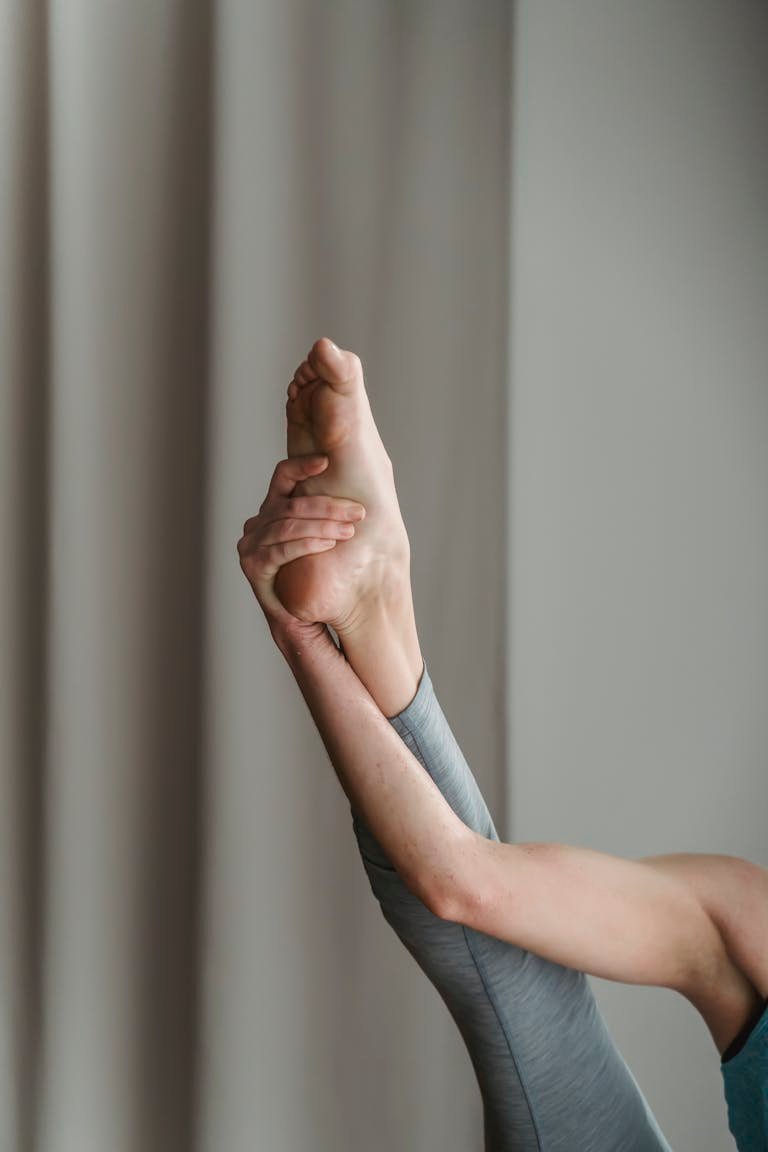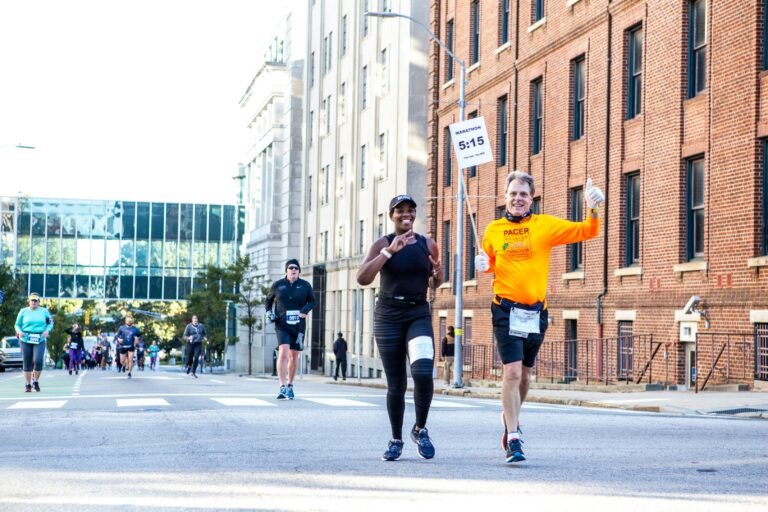Metatarsalgia Exercises: The Ultimate Guide to Pain-Free Feet
Metatarsalgia is a common condition characterized by pain and inflammation in the ball of the foot. It can be caused by various factors, including excessive pressure on the metatarsal bones, overuse, structural abnormalities, poorly fitting shoes, and certain medical conditions. Incorporating specific Metatarsalgia Exercises and stretches into your routine can significantly alleviate metatarsalgia symptoms and prevent future occurrences.
Metatarsalgia Symptoms
- Pain in the ball of the foot: Sharp, shooting, or aching pain, often worsened by standing, walking, or running.
- Tenderness: Painful sensation when pressure is applied to the affected area.
- Numbness or tingling: Some people may experience numbness or tingling sensations in their toes.
- Feeling of walking on pebbles: The pain can feel like walking on small stones or pebbles.
Metatarsalgia Treatment
- Rest and ice: Resting the foot and applying ice can help alleviate pain and inflammation.
- Proper footwear: Wearing shoes with good arch support and cushioning can help reduce pressure on the ball of the foot.
- Orthotics: Custom orthotics or shoe inserts can redistribute pressure and alleviate pain.
- Medications: Over-the-counter pain relievers like ibuprofen or naproxen can help manage pain and inflammation.
- Stretching and strengthening exercises: Gentle exercises can help improve flexibility and strength in the foot muscles.
- Surgery: In severe cases, surgery may be necessary to realign the metatarsal bones or release a pinched nerve.
Metatarsalgia Prevention
- Wear proper footwear: Choose shoes that fit well and provide adequate support.
- Stretch and strengthen: Regularly stretch and strengthen your foot muscles to reduce the risk of metatarsalgia.
- Gradually increase activity: Avoid sudden changes in activity levels to reduce the risk of overuse.
Metatarsalgia Complications
- Altered gait: Untreated metatarsalgia can lead to changes in walking patterns, which can cause pain in other parts of the body.
- Callouses: Continued pressure on the ball of the foot can cause callouses to form.
- Neuromas: Untreated metatarsalgia can lead to the development of neuromas, which are growths of nerve tissue.
Metatarsalgia Diagnosis
- Physical examination: A healthcare professional will examine the foot and assess the patient’s gait.
- Imaging tests: X-rays, MRIs, or ultrasounds may be used to rule out other conditions or identify any underlying structural issues.
Prognosis
- Good prognosis: Most cases of metatarsalgia can be effectively managed with conservative treatments.
- Surgery: In severe cases, surgery may be necessary, and the prognosis depends on the underlying cause and the effectiveness of the surgical intervention.
Metatarsalgia Self-Care
- Rest: Avoid activities that aggravate the condition.
- Ice: Apply ice to the affected area to reduce pain and inflammation.
- Stretch: Perform gentle stretching exercises to improve flexibility.
- Proper footwear: Wear shoes that fit well and provide adequate support.
Metatarsalgia Medical Care
- Consult a doctor: If symptoms persist or worsen, consult a healthcare professional for proper diagnosis and treatment.
- Follow treatment plans: Adhere to the recommended treatment plan to manage symptoms effectively.
Metatarsalgia Causes
- Overuse: High-impact activities like running or jumping can cause metatarsalgia.
- Foot deformities: Conditions like hammertoes, bunions, or high arches can lead to metatarsalgia.
- Poorly fitting shoes: Shoes that are too tight, too loose, or lack support can cause metatarsalgia.
- Medical conditions: Arthritis, gout, and Morton’s neuroma can contribute to metatarsalgia.
Metatarsalgia Exercises
Toe Curls:
- Sit with your legs extended and curl your toes under, then release. Repeat 20 times for 2-3 sets.
- This exercise helps strengthen the muscles in the arch and improves flexibility[1][3][5].
Marble Pickups:
- Place several marbles on the floor and use your toes to pick them up and place them in a container. Repeat 10-15 times for each foot.
- This exercise enhances toe strength and coordination, crucial for maintaining foot stability during physical activities[1][3][5].
Towel Scrunches:
- Stand barefooted with a towel on the floor. Use your toes to scrunch up the towel, then release. Repeat 15 times for each foot.
- This exercise strengthens the muscles in the arch and improves foot stability[1][3][5].
Calf Raises:
- Stand on the edge of a step with your heels hanging off. Raise your heels as high as possible, then lower them back down. Repeat 10-15 times.
- This exercise strengthens the calf muscles and improves foot and ankle stability[1][3][5].
Heel Raises:
- Stand with your feet hip-width apart and slowly raise your heels off the ground, then lower them back down. Repeat 10-15 times.
- This exercise strengthens the muscles in the lower leg and improves foot stability[1][3][5].
Stretches for Metatarsalgia
Toe Flexor Stretch:
- Sit in a chair with the affected foot bent over the knee of the other leg. Use your hands to bend your toes towards your shin. Hold for 30 seconds and repeat 2-3 times.
- This stretch targets the muscles in the ball of the foot and helps relieve tension[5].
Calf Stretch:
- Stand facing a wall with one foot in front of the other. Bend the front knee while keeping the back leg straight. Hold for 30 seconds and repeat 2-3 times.
- This stretch targets the calf muscles and helps improve ankle flexibility[5].
Additional Resources
- American Academy of Orthopaedic Surgeons: Provides information on metatarsalgia, including symptoms, causes, and treatment options.
- American Podiatric Medical Association: Offers resources on foot health, including information on metatarsalgia and its management.
- National Institute of Arthritis and Musculoskeletal and Skin Diseases: Provides information on various musculoskeletal conditions, including those related to metatarsalgia.
FAQs
- How long does it take to recover from metatarsalgia?: Recovery time varies depending on the underlying cause and the effectiveness of treatment.
- Can metatarsalgia be prevented?: Yes, by wearing proper footwear, stretching and strengthening the foot muscles, and gradually increasing activity levels.
- What are the complications of untreated metatarsalgia?: Untreated metatarsalgia can lead to altered gait patterns, callouses, and neuromas.
Citations:
[1] https://powerstep.com/blogs/news/metatarsalgia-exercises-stretches-for-pain-relief
[2] https://my.clevelandclinic.org/health/diseases/15890-metatarsalgia
[3] https://www.youtube.com/watch?v=VHK778rRqyc
[4] https://www.medicalnewstoday.com/articles/190431
[5] https://www.upstep.com/a/blog/best-exercises-and-stretches-for-metatarsalgia-pain-relief
[6] https://www.webmd.com/a-to-z-guides/metatarsalgia
[7] https://walkfulton.com/blogs/learn/metatarsalgia-exercises-a-guide-to-alleviating-and-preventing-metatarsal-pain
[8] https://www.mayoclinic.org/diseases-conditions/metatarsalgia/symptoms-causes/syc-20354790
[9] https://enertor.com/blogs/injury-prevention-and-advice/metatarsalgia-exercises
[10] https://posturepodiatry.com.au/metatarsalgia-causes-and-treatment-options/
[11] https://backcountry.physio/relief-for-metatarsalgia/
[12] https://timoniumfootandankle.com/conditions/ball-of-the-foot-pain-or-metatarsalgia/
[13] https://www.vivehealth.com/blogs/resources/metatarsalgia-exercises
[14] https://myhealth.alberta.ca/Health/aftercareinformation/pages/conditions.aspx?hwid=abp4945
[15] https://www.posturedirect.com/metatarsalgia-exercises/






